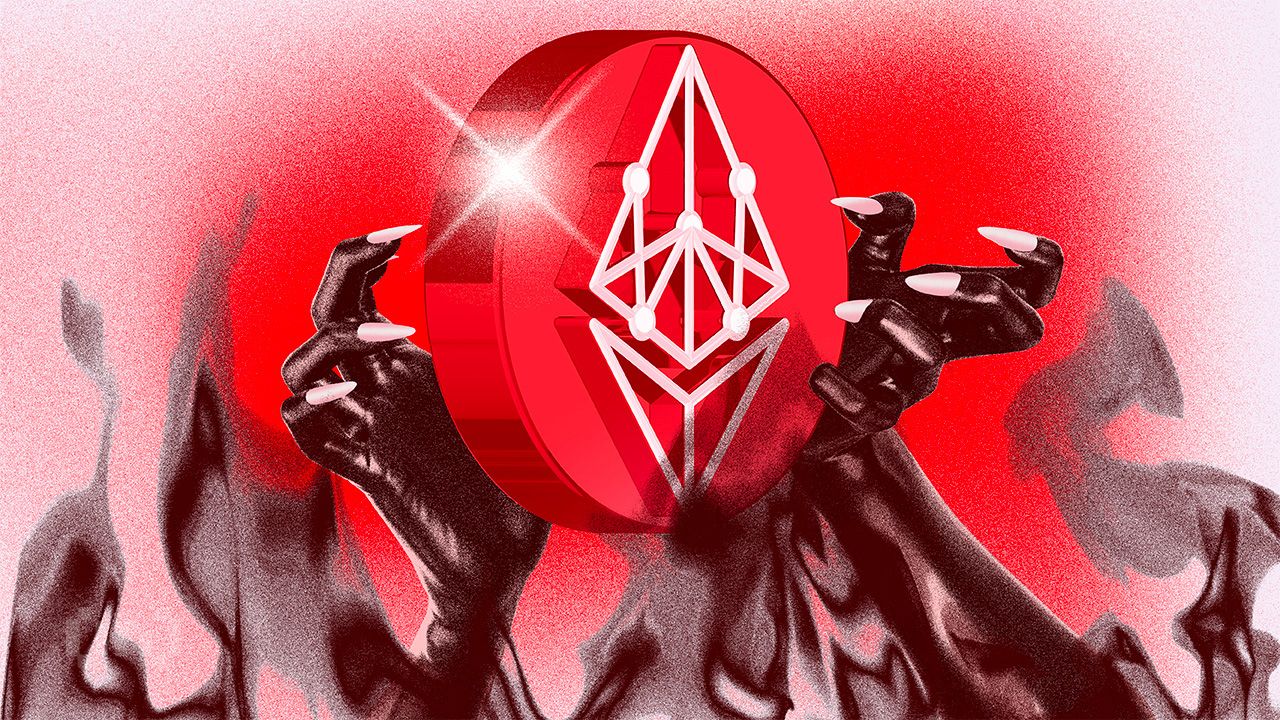Ethereum’s Narrative Crisis Puts Its Market Edge at Risk

The Ethereum network is facing a “narrative crisis,” with its community splintering over ETH’s core value proposition.
Once hailed as the foundation of Web3, the Ethereum ecosystem continues to endure shade, progressively putting its market edge under question.
Crypto Leaders Debate Ethereum’s Narrative Crisis
Zach Rynes, community liaison at Chainlink, argues that Ethereum lacks a unified economic narrative. He cites a divide that has left Ethereum vulnerable to constant narrative pivots. This, Rynes says, weakens investor conviction.
“We still have two camps. Those who think revenue is the most important story (ultrasound money or some story about yield) and those who think SoV [store of value] is the most important story (programmable money),” Rynes said.
Each side argues as if it is correct, and the other is wrong. However, according to the Chainlink liaison, this threatens Ethereum’s long-term appeal amid intensifying competition.
The ultrasound money narrative was dominant during Ethereum’s peak fee revenue in 2021. However, it has since faltered, with Layer-2 (L2) networks such as Arbitrum and Optimism absorbing a growing share of gas fees and MEV (maximal extractable value).
This has left Ethereum with reduced Layer-1 (L1) revenue and declining economic dominance.
“Ethereum forfeited the most valuable part of the stack to L2s while optimizing for the least valuable part. It now needs insane on-chain volume just to make its economics work,” Rynes alluded.
On the other side of the debate, Ethereum educator and angel investor Sassal emphasized that ETH must fully adopt its role as a SoV, not just chase fee-based valuation metrics.
“If ETH is valued only on revenues generated, then it will never be worth very much,” he said.
Ethereum as a Store of Value
Sassal argues that a sustainable Store of Value status depends on a widely held narrative, a shared belief similar to Bitcoin’s digital gold status. However, Ethereum’s fragmented positioning contrasts sharply with Bitcoin’s consistent branding.
Critics like PlanB, the creator of the Stock-to-Flow model, have called out Ethereum for its centralization and pre-mined origins.
BeInCrypto reported that PlanB called Ethereum a “technocratic governance coin” rather than a decentralized hard asset.
“Pre-mine is a big red flag but I guess some people just don’t care,” PlanB expressed.
Meanwhile, internal developer tensions amplify these concerns. A recent dispute over Ethereum’s roadmap and L2 design philosophies highlights ongoing governance strain. Taken together, these cloud the Ethereum story further.
In contrast, rival chains like Solana (SOL) and BNB Chain are forging ahead with unified narratives. Speed, cost efficiency, and developer experience cast a shadow over Ethereum.
As long as Ethereum lacks a clear economic identity, it risks losing relevance to competitors with simpler, more cohesive messaging.
It may need to design a narrative to maintain its market dominance and intellectual leadership in Web3. It may be the way to go to integrate its programmability, security, and decentralization without leaning too hard on flawed comparisons or revenue illusions.
“ETH needs to be its own asset with its own story and no one has figured out exactly what that is yet,” Rynes remarked.
Can Ethereum resolve its identity crisis before the market moves on to simpler, faster, or more ideologically unified chains?
The answer may determine whether ETH remains crypto’s second-largest altcoin by market capitalization or an example of fractured innovation.
Disclaimer
In adherence to the Trust Project guidelines, BeInCrypto is committed to unbiased, transparent reporting. This news article aims to provide accurate, timely information. However, readers are advised to verify facts independently and consult with a professional before making any decisions based on this content. Please note that our Terms and Conditions, Privacy Policy, and Disclaimers have been updated.



